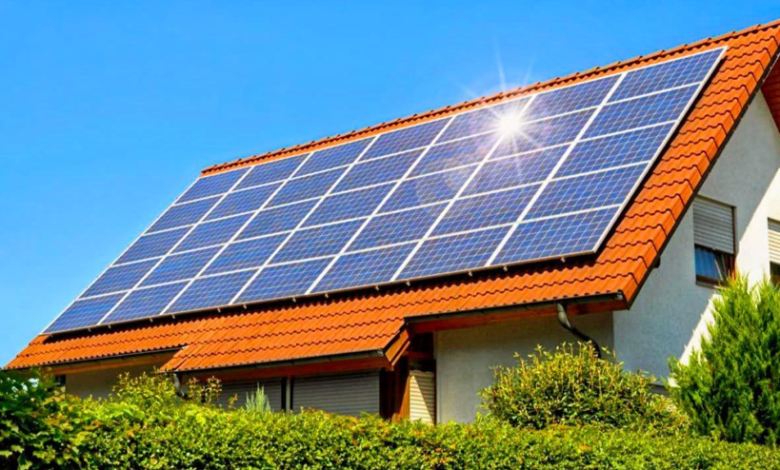The Difference Between Residential and Commercial Solar Panels

As the demand for renewable energy continues to grow, more homeowners and businesses are turning to solar technology to reduce electricity costs and carbon emissions. While both residential and commercial installations rely on photovoltaic technology to harness sunlight, there are key differences in their design, scale, and application. Understanding these variations is crucial when deciding on the right solar energy system for long-term sustainability.
Size and Scale of Installations
The most visible distinction lies in size. Residential rooftops generally accommodate smaller systems designed to power individual households. These setups often range from 5 kW to 20 kW, depending on energy consumption and roof space. In contrast, commercial solar installations can cover large warehouses, office complexes, or industrial facilities, sometimes producing several megawatts of electricity.
Panel Efficiency and Output
Commercial modules typically have a higher efficiency rate compared to residential ones. This means that while a home may need fewer panels to cover its limited energy needs, larger businesses often require high-capacity arrays capable of handling intensive power demands. Industrial-grade panels are also built with durability in mind, designed to withstand long-term exposure in diverse environmental conditions.
Installation Differences
Residential projects are usually mounted on pitched rooftops, whereas commercial arrays are often installed on flat surfaces or even integrated into ground-mounted systems. The complexity of commercial designs also requires specialised equipment, engineering expertise, and more extensive permitting compared to standard residential systems.
See also: Modern Well Pump Technology Improving Water Access
Cost Considerations
Initial investment varies widely between the two. Homeowners may focus on affordability and quick return on investment through lower utility bills, while businesses often see solar as a strategic asset with long-term financial benefits, tax credits, and opportunities for energy independence.
Maintenance and Longevity
Maintenance requirements are minimal for both, but larger arrays often have dedicated monitoring systems to ensure optimal performance. Commercial projects also tend to include comprehensive service agreements, given the scale and investment involved.
Final Words
Whether for a home or a business, adopting solar technology represents a commitment to cleaner, more sustainable energy. By understanding the differences between residential and commercial designs, consumers and organisations can make informed choices that align with their energy goals, space availability, and budget considerations. For anyone considering the transition, exploring the wide range of options within a solar energy system can provide valuable insights into achieving both environmental and financial benefits.




